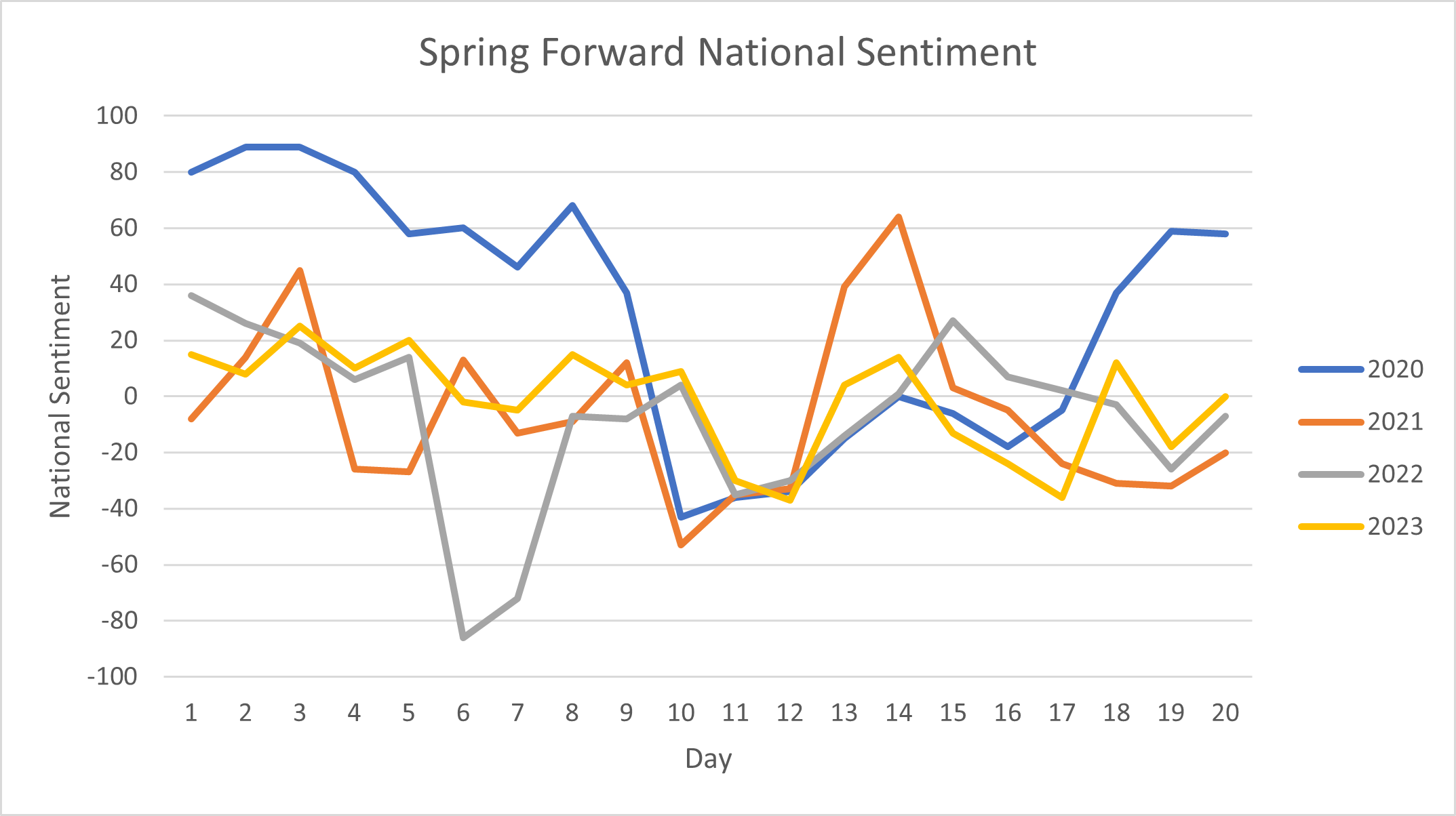Author: Michael L. Smith, Master of Science Student, Department of Agricultural Economics, Purdue University
Researchers in the Department of Agricultural Economics at Purdue University are wondering about daylight saving time. More specifically, we’re wondering about the changes between daylight saving time and standard time. This change is exalted by some for blessing us with an extra hour of sleep in the fall (when clocks “fall back” an hour) and condemned by others for its cruel “spring forward” of time in the spring. However, those of us blessed with children, dogs, and cats (among other companions you may enlist) are reminded that this clever clock-play is merely a human construct. Whether it is our kids waking, or our pets and livestock wanting fed, our circadian rhythms do not yield for adjustments of the clock. If you happen to belong to this group of those unable to enjoy or deride the ritual, don’t bother trying to remember your thoughts on it before adopting your current lifestyle – it can be tough to remember.
As the seasons change, so might our preferences. After all, who doesn’t like extra sleep? And who wouldn’t complain about being robbed of the hour we borrowed a few months prior? In the end, who likes change anyway? If the changing of the clocks irks us both in the fall and again in the spring, what are we even doing here?
Lucky for us social scientists, the internet is full of our opinions on the matter, and there is no shortage of complaints. In fact, the U.S. Congress regularly debates the issue, so far without resolution. All of this begs the question; who cares? And about what exactly? And does it even matter?
Well rest assured; it does matter. Time is money, after all. Through the power of web scraping, we were able to discern the opinions of those of us brave enough to post our thoughts online. Below, we graph average sentiment from 10 days before and 10 days after each of the clock-jumping events in the past four years. Sentiment scores are determined using natural language processing of social media, news media, and blog posts within the United States.
In fall, when we get an extra hour of sleep, we see some excitement (positive sentiment) beforehand, only for it to give way to negativity when it actually occurs.

In spring, we see a similar (albeit noisier) trend. Excusing the dubious optimism of 2020 – when we were likely depressed about other things – the idea of something ‘normal’ to be upset about, like the time change, was potentially relatively comforting.

We do see an overall higher average sentiment leading into daylight saving time when we fall back compared to springtime when we spring forward. However, even the positive sentiment is not overwhelming, and we note a slightly negative outlook on the whole thing overall. Perhaps an ode to our love of routine? Maybe reflective of just how much we dislike change? It never seems to be a positive thing, and we’re routinely debating the merits versus costs. Ongoing research is seeking to understand ‘why’ we continue to do it and whether opinions vary by geographic location.
ConsumerCorner.2023.Letter.28




